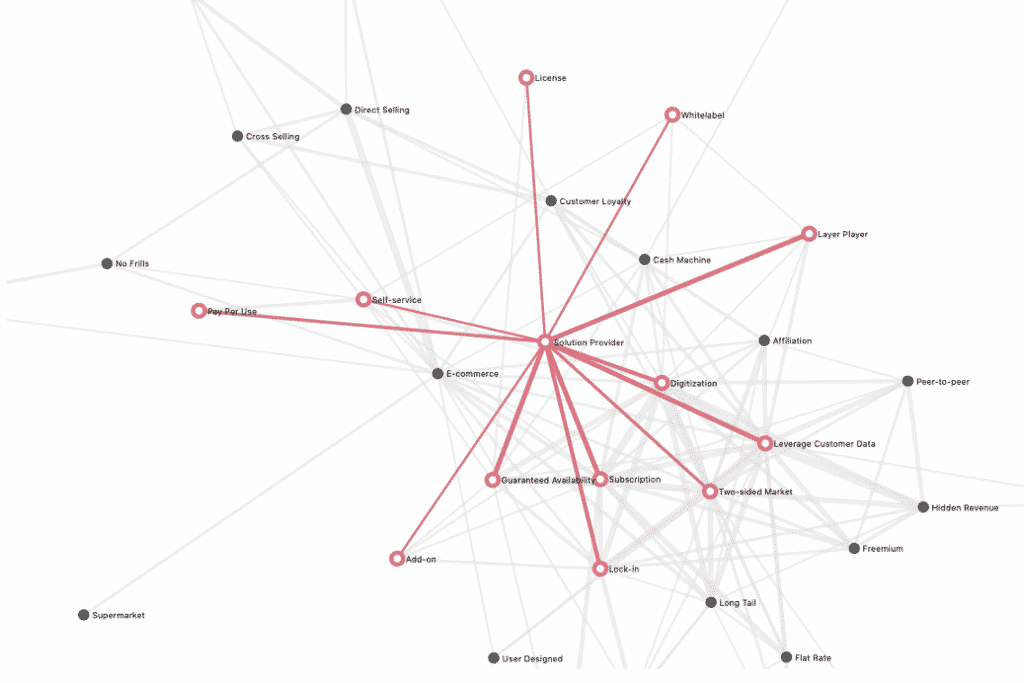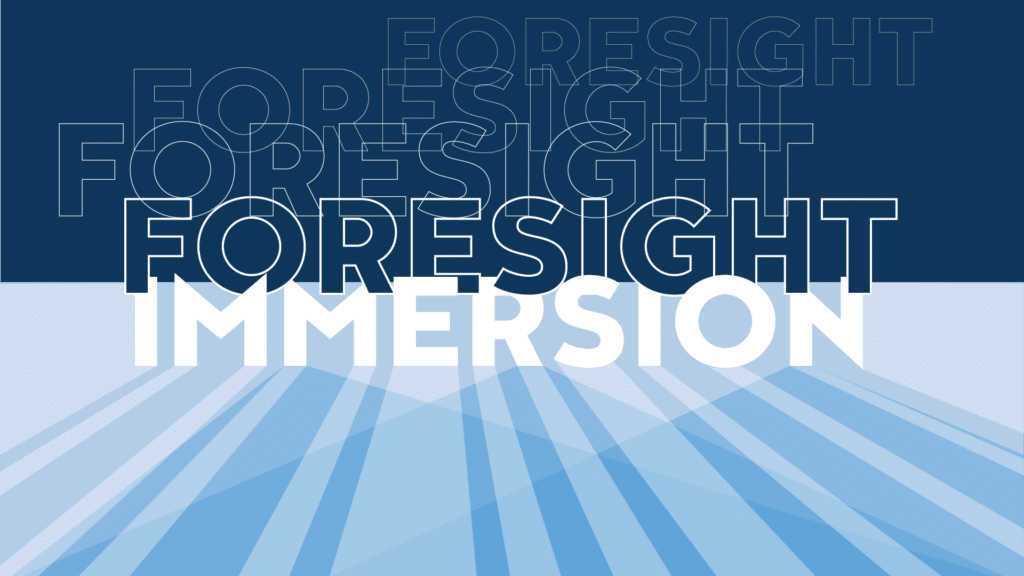Reinventing the Model is Everyone’s Business

Business Model Change is what turns technological advancement into disruption. It should be up for discussion and analysis at every level of the organization.
In September, the Harvard Business Review crowned the “The Top 20 Business Transformations of the Last Decades”, with companies like Netflix, Adobe, Amazon taking top spots. It featured glowing reviews for CEOs like Henrik Poulsen of Ørsted or Hastings at Netflix — both built a completely new company with new purpose and reinvigorated employee engagement.
One of the criteria was whether the company has successfully created new products, services and business models. Looking back at this decade of change and disruption confirms that it is never just technology that creates the most compelling stories of change but the combination of technology, the right model, and the right timing. Technology is the phone; Uber is the business model. MP3 was the technology; iTunes was the business model. Eventually, we will find out how Spotify and Apple Music fare as a business model.
The Model is the Product
Traditionally, the business model of a company would have been more closely associated with a business plan. In the product-centric world of yesteryear, launching an innovation meant launching a new product with fixed development cost and incremental production cost. Whether and how this “innovation” was going to be launched was determined mainly by a sound business plan and the expected demand.

In the saturated markets of today the differentiation happens beyond the product itself. The channel, the engagement model, the specific customer segment, the partnering service providers — all of these aspects will give an offering its competitive edge in the market.
When did the Business Model become an L&D tool?
This shift calls for a holistic approach to innovation and a) needs to involve far more people in formulating but — more importantly — b) needs to be better understood by the entire organization to serve as an engaging factor.
One way to foster this innovation culture is to take cues from start-ups. Over the last decade, we have taken leaders to all corners of the world to help them understand how ecosystems are changing and how companies are successfully using the opportunities presented.
Almost every program includes an exchange with one or several start-ups with the goal to learn about new technological innovations and products. As important is the desire to replicate a workplace environment that values creative problem-solving.
The methodology that start-ups apply to find their business model became a key tool for leaders everywhere to think about how they can innovate theirs.
A key role in this is the Business Model Canvas, Alexander Osterwalder’s now-ubiquitous template. A visual and modular representation of a business model which, despite being static at any one time and doesn’t capture evolutions, it provides a flexible tool for ideation and learning. It gave innovation teams working on MVP a strategic framework to draft how a model could look like.
There are many definitions available on what a business model is, from “the way you make money” (Michael Lewis in The New, New Thing) to “at heart, stories — stories that explain how enterprises work.” (Joan Magretta in the HBR-Article Why Business Models Matter).
What makes the canvas so effective is that it combines all activities needed to make something on one side and all activities to sell it on the other, putting it into relations to the value proposition and your target customer. It visually shows how value is created and captured. This means business models of different companies can easily be compared too.
How to change and innovate your business model is where strategy comes into play. Andrea Ovans writes in the Harvard Business Review: “Introducing a better business model into an existing market is the definition of disruptive innovation.”
Incremental Change
Innovation through business model change has been happening since time immemorial. While new technology puts a new spin on it, the patterns we are seeing today are rarely new.
Rolls-Royce “power-by-the-hour” model is a great example — arguably the first ever business model transformation from a pure product business to a subscription model, or Engine-as-a-Service if you will.
It was in the early 60s when the British aircraft turbine manufacturer went from selling its product to aircraft manufacturers as a whole to selling thrust hours to airlines, including service and maintenance, while the engine remains the property of Rolls-Royce. It was revolutionary and hugely successful.
While business model patterns might not necessarily be new, the rate of change has accelerated and yet many organizations still don’t see the business model as something to be tinkered or experimented with.
It is exactly this reluctance to question what has been working so far that puts a company at risk. Before Uber, there was absolutely no need for taxi operators to change their business model.

Finding Patterns
Is there a typography of business models? Well, depending on who you ask, there are between 4 and dozens of ways to categorize business models.
In order to inspire innovation in every aspect, a fun tool to explore is businessmodelnavigator.com, which lists no less than 55 business model patterns, from “Mass Customization”, “Add-on” and “Lock-in”, to “Aikido”, named after a Japanese martial art to describe a business model which is based around “offering something diametrically opposed to the image and mindset of the competition.” It also lists examples for all of them.

A few factors feature more prominently when looking at the current landscape. The most wanted features in a successful business model include (but are not limited to) personalization (Facebook), enabling access instead of ownership (Airbnb), collaborative economy models (Uber) and subscription- and usage-based pricing (Adobe).
They reflect current technology trends on one hand and market expectations on the other. Current drivers are IA, connected devices, voice recognition, etc.
In our interview with Jeremiah Owyang, who has been one of the foremost thought leaders on the Collaborative Economy, he predicts Tech Wellness to be a strong driver in the near future.
Why Your Leaders Need to See the Big Picture

There is one more revolution looming, the extent to which it will disrupt business models in literally every industry can hardly be overestimated: autonomous vehicles.
The jury is still out on the timing, but imagine the implications: Autonomous boutiques on wheels, grocery delivery, mobile hotels, a new place and more time to consume content — the list goes on…
In order to understand the change happening around us and be able to contribute new ideas and solutions, it is essential for people who drive change inside the organization to be able to talk the language of business model transformation and to have all the tools of the innovation process at their disposal.

Workshops and training around recognizing and develop innovative business models have hence become a staple of L&D programs. They allow teams to be truly entrepreneurial — a mindset that is in high demand in every organization.
Author
Subscribe to get Access to Exclusive Content





